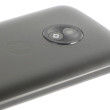Review: OnePlus 6
Jun 4, 2018, 10:23 AM by Eric M. Zeman
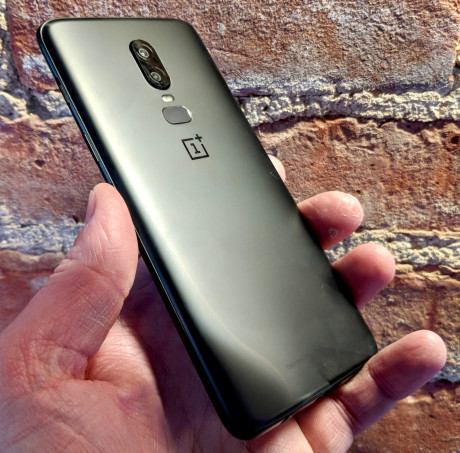
The OnePlus 6 is the company's latest attempt to convince you that ultra-pricey flagships are unnecessary; why spend $800 to $1000 on a phone when you can get one that's nearly as good for just over $500? The 6 is an attractive metal-and-glass device that has the latest design from OnePlus, the latest specs from Qualcomm and others, and the latest Android software from Google. If you're in the market for a bargain, the OnePlus 6 delivers. Here is Phone Scoop's review.
Hardware
Is It Your Type?
The OnePlus 6 sees the company turning up the heat on its competition more than ever. The phone adopts an ultra-premium design, packs top specs, and costs hundreds less than similarly-capable phones from HTC, LG, and Samsung. If you want top performance without breaking the bank, the OnePlus 6 is an affordable flagship with few compromises.
Body
OnePlus has always made attractive hardware and yet somehow the OnePlus 6 is a big leap forward. Though I appreciated the metal build of older OnePlus phones, the OnePlus 6 adopts a metal-and-glass design that is downright sultry. A metal frame wraps all the way around the outer edges and it is sandwiched between two curved panes of glass. OnePlus paid attention to the details: the shape of the glass panels is pleasing to look at, particularly where the metal and glass meet.
The 6 is being offered in white with pearl powder, matte black, and glossy black, all with unique finishes on the curved Gorilla Glass 5 surfaces. Our glossy review unit is a piano-black phone that gleams with inky darkness and reflectivity all at the same time. There's no question this is the most visually striking phone OnePlus has designed.
The phone is a little above average in terms of size for a modern handset. It's a bit bigger than the iPhone X and LG G7, for example, and it's about the same size as a Galaxy S9+. My guess is that some people will struggle to use it one-handed. It may be a hair too much phone for some people. The weight is nice. The OnePlus 6 is very slim, so it fits in pockets with ease.
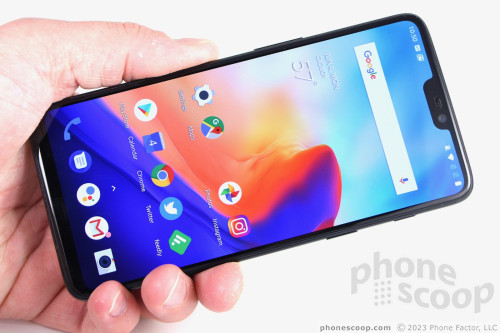
OnePlus did a fine job putting the phone together. There's no question the curved Gorilla Glass 5 is high quality, and the aluminum frame feels strong and sturdy. The pieces are fitted together perfectly. It's an elegant, exacting design that feels far more luxurious than the phone's price point would suggest.
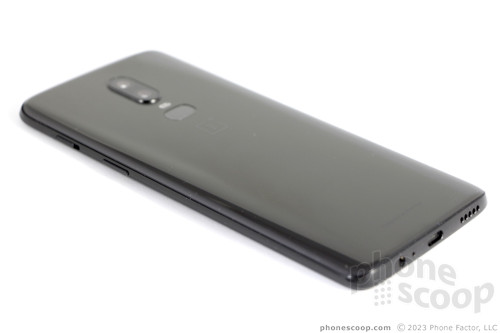
OnePlus says the 6 can withstand splashes and similar exposure to water, but the phone stops short of being fully waterproof. Both pieces of glass may be Corning's Gorilla Glass 5, but you'll still need to take care not to drop the phone. Thankfully OnePlus offers a wide assortment of its own cases to protect the phone.
The 6 has a relatively plain face with no branding. The phone adopts the notch, which means the company did what it could to stuff as much display onto the face as possible. The forehead and chin above and below the screen are significantly reduced compared even to the 5T. OnePlus moved the fingerprint reader from below the screen to the rear. All of the controls are found on the display. I like that the phone has a blinking LED light in the notch to let you know about notifications.
Notch
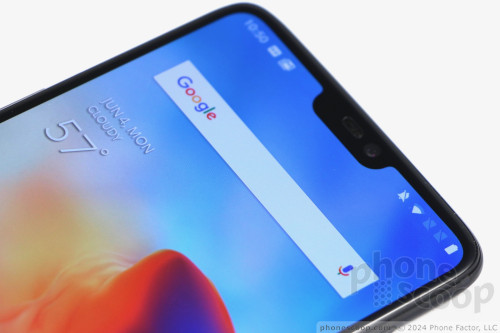
OnePlus' awesome ringer switch is on the right side of the phone. The three-position switch lets you control the phone's sound (on, vibrate, silent). This sets OnePlus apart. The switch has a ribbed texture that makes it easy to find, and the action is practically perfect. The screen lock button is below the switch on the right side. It has a good profile and fine travel and feedback. The volume toggle is on the left edge by itself. It also has a good profile and fine travel and feedback. The SIM card tray is tucked above the volume toggle on the left. The metal tray supports up to two SIM cards, but it doesn't accommodate memory cards.
The USB-C port is flanked by a 3.5mm headphone jack on the right and the speakerphone on the left. This is a pretty standard arrangement.
Ports
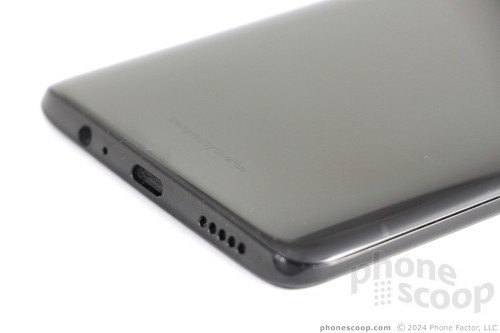
The glass rear panel curves just as it reaches the side edges of the phone. It's simple almost to a fault. As mentioned, I really like the new fingerprint reader, which now looks like a bit of a squished circle. It's indented only a tiny bit. It could be slightly easier to find. The dual camera array is directly above the fingerprint reader. I'm glad the module has a raised edge, which helps set it apart by feel and means you're less apt to touch it with your fingers and get grease on the lens.
Camera Module
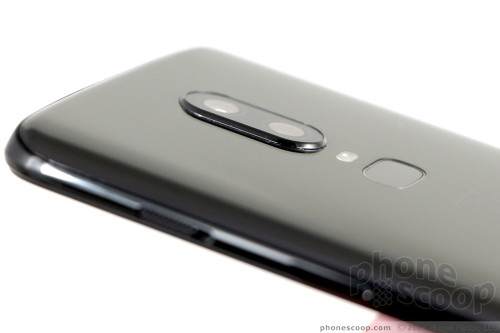
It should go without saying, but I'll say it anyway: There's no removing the rear panel of the phone and the battery is inaccessible.
The 6 is OnePlus' finest effort. The phone is slim, attractive, and easy to use. It stands up to the best from LG, Samsung, and HTC without blinking.
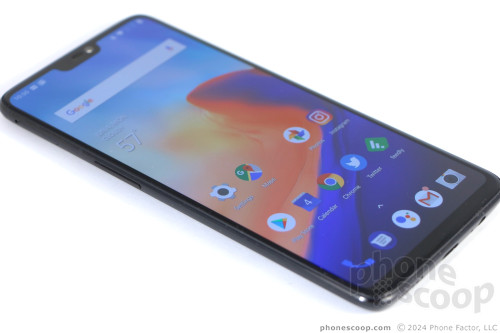
Screen
The OnePlus 6 has a fine display. It measures 6.3 inches from corner to corner and packs 2,280 by 1,080 pixels. The display is taller than the screen of last year's 5T to accommodate the notch. Some might wish for a quad HD+ screen, but the resolution of the 6 fares well with a pixel density of 402ppi. Everything on the screen is sharp and easy to see. It looks clean and bright. Blacks look black, and colors pop brightly.
Face
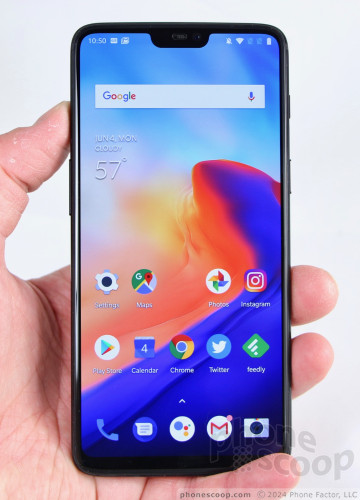
The screen puts out plenty of light. I had no trouble at all using the phone outdoors under bright skies. Viewing angles are very good: there's no blue shift at all, and only minimal brightness loss when viewing at extreme angles. It includes all the modern conveniences, such as night mode, reading mode, and the ability to select from five different color profiles. You can also control the notch, making it visible or "invisible" to suit your tastes. OnePlus did a great job with this display.
Signal
OnePlus sells the 6 unlocked with excellent support for GSM/LTE networks in the U.S. It supports most of the major LTE bands used by AT&T and T-Mobile, including the newest bands 29/30 for AT&T and 66/71 for T-Mobile. Though the 6 technically includes CDMA, it lacks LTE band 13, so it won't work well with Verizon. It's not designed to work with Sprint, either. It also supports up to Cat. 16 LTE, which means you should get faster LTE compared to most unlocked phones.
I tested the phone on both AT&T and T-Mobile in and around New York City, and came away impressed. The phone latched onto AT&T and T-Mobile's 4G networks and maintained a strong connection even in questionable coverage areas. Data speeds were lightning fast and matched today's top phones from Samsung and LG. The OnePlus 6 was able to stream high-quality video via YouTube and music via Spotify over LTE with no trouble. I rarely experienced any buffering and didn't see any real dropouts or pauses. It's a fine data phone.
Need to make phone calls? The OnePlus 6 manages voice connections with ease. The phone patched calls through on the first dial each time, and they remained connected over miles of highway driving.
Sound
The 6 is a good voice phone. The majority of calls I made with the device came through the earpiece loud and clear. Voices had a pleasant tone and rarely were obstructed by noise or distortion. The earpiece puts out just enough volume for calls in public spaces. I wish it delivered a bit more punch, but it's fine for taking calls at home, the office, or in a car.
The speakerphone isn't as clear. Voices are more prone to distortion, and setting the volume all the way up creates a boomy effect that's sometimes annoying. Like the earpiece, the speaker produces just enough volume. I hoped for more bombast. Those I spoke to through the 6 said I sounded good.
Ringers and alerts generally got my attention when necessary. The vibrate alert could be a little stronger. You can select from a wide array of vibration patterns.
Battery
The OnePlus 6 has a 3,300mAh battery tucked into the chassis and it consistently delivers a full day of uptime. I never ran into any battery trouble while testing the OnePlus 6 over a week, and found it was a fine companion from breakfast to bedtime. It ended most days with about 20% left, however, so you may have to make some tweaks to keep it going all day, especially as the battery ages.
The phone doesn't support wireless charging, but it does include OnePlus' "Dash Charge" rapid charging. If you find yourself in trouble, plugging the phone into the included charger for 15 minutes boosts the battery by about 25%. Leave it plugged in for 30 minutes and you'll be set for the rest of the day.
Bluetooth, GPS, NFC, WiFi
The OnePlus 6 does everything well. The Bluetooth 5.0 radio performed flawlessly. It paired and connected with every accessory I tested. Music playback via headphones was excellent, thanks to support for aptX HD. Calls via my car's hands-free system were a bit scratchy.
The GPS radio helped me navigate around NYC with ease and it managed to help me avoid some traffic jams in real time. It pinpointed me within several seconds and was accurate to about 10 feet.
The 6 includes NFC and support for Google Pay. I had no trouble setting up and using Google's mobile payment service on the OnePlus 6. The NFC radio also helps when pairing properly equipped Bluetooth accessories.
The WiFi radio did a great job.
Software
Lock Screen
OnePlus has a helpful Ambient Display, which wakes the screen with simple notifications when messages or emails arrive. The notifications are red and white text on a black background. The screen is on for a couple of seconds before it blinks off again. It can be hard to see outdoors.
You do have to manage which notifications are allowed to wake the screen in order to keep from being barraged. The ringer switch, which lets you customize notifications based on the switch position, is a huge help.
A quick double-tap on the face will wake the screen. OnePlus' lock screen includes the time, date, and list of notifications. It's basically the standard Android lock screen experience. The notification screen also includes shortcuts to the phone and camera apps. You can't customize these shortcuts, which is a shame.
The rear-mounted fingerprint reader works very well. I was able to set up several prints and the phone recognized them each quickly and accurately.
The OnePlus 6 carries over the face unlock tool from last year's 5T. You'll need to spend a minute recording your face up close. Once the software is set, the phone will automatically unlock if it recognizes you as you lift the phone up. It's surprisingly quick and consistent, though OnePlus' version of this feature isn't all that secure.
Menus
OnePlus phones run a near-stock version of Android with some tasteful and helpful additions. The 6 includes the latest build of OxygenOS from OnePlus, which is based on Android Oreo.
The home screens function as they would on any other Android phone.
The left-most home screen is the Shelf, which is a customizable space where you'll find what matters most or what you use most. LG and HTC have similar tools built into their Android skins. It's sort of like Google Now. By default, it shows the local weather, a shortcut for writing a note, and several app suggestions that change over time. You can turn it off completely if you want.
Out of the box, you'll find the normal back, home, and app switcher controls at the bottom of the screen. But buried in the settings, there's an option for gesture-based navigation. Consider this a sneak peak of what you'll deal with when Android P arrives later this year. Similar to the iPhone X, swiping up from the bottom of the screen takes you to the home screen, from any app. Swipe up and pause to open the app switcher. Recent apps will appear like cards on the screen. Need to go back a screen? Swipe up from the far left or far right bottom corner. It takes some getting used to, but I like it.
OnePlus offers plenty of extra interface tools that I dig, such as the dark theme, control over the status bar/notch, gestures for managing media or opening select apps, gaming mode, and much more. All these options are easy to find, configure, and use. They add value to the experience, which helps set OnePlus apart from competing phones.
The OnePlus 6 has a Snapdragon 845 processor on board with either 6 GB or 8 GB of RAM. This is the best CPU/RAM combination available on phones right now, and is usually found only in more expensive phones like the Samsung Galaxy S9 and LG G7. The OnePlus 6 delivers lightning-quick speeds at every turn. I couldn't find any task to slow the phone down.
Camera
The OnePlus 6 gives you a number of options for launching the camera. Your best best is to double-press the power button or quickly tap the fingerprint sensor twice. The camera will pop open in a heartbeat.
Several basic controls are lined up on the left side of the viewfinder, including toggles for the flash, aspect ratio, HDR, and timer. I like that the HDR and flash functions both include an “auto” option. You can choose to shoot in 4:3, 16:9, or 1:1 if you wish. You'll need to shoot in 4:3 to make use of the full resolution.
Three core shooting modes are available by swiping the viewfinder: photo, video, and portrait. Other modes are available by swiping the viewfinder to the left, including time-lapse, slow motion, pro, and panorama.
The OnePlus 6 has a new camera system specifically designed to improve portrait photography. Portrait mode relies on the two camera lenses to provide sharp focus on the subject while blurring the background. It works easily, but you'll need to ensure you're got your subject and background spaced properly (not too close, not too far).
The pro mode introduces manual controls for more creativity. Pro mode lets you adjust shutter speed (up to 30 seconds), focus, white balance, brightness, and ISO. I like that the screen gives you a live preview of the exposure as you tweak the settings. You can also create two custom presets, as well as opt to shoot in RAW.
In all, it's a fairly straightforward camera app. Perhaps most importantly, it's quick, and that makes me happy.
Photos/Video
OnePlus changed up the camera configuration when compared to the 5T. The main sensor captures 16-megapixel images at f/1.7 and it is aided by a secondary 20-megapixel sensor, also at f/1.7. The main camera includes OIS, super slow-motion capture, time-lapse, and 4K video capture. The secondary sensor is there mostly to help with focus and portrait shooting. The phone doesn't offer a wide-angle or telephoto option.
The good news here is OnePlus has finally dialed in the right software to control all this hardware. Previous OnePlus phones had lackluster cameras. The OnePlus 6 is a big step up, particularly with regard to sharpness and grain. It's no Pixel 2 XL, but the 6 takes very good pictures in most lighting. Exposure and color are about on par with pricier flagships. The Galaxy S9 and Huawei P20 Pro outgun the OnePlus 6, but not by all that much.
The portrait mode produces acceptable results. The 6 stills creates odd edges between the subject and background. Even so, the pix are sure to please casual portrait shooters. The other modes (pano, timelapse, slo-mo) do a fine job. I like that the OnePlus 6 can capture slow-motion at 480fps at 720p resolution. This mode is easier than corresponding super slow-mo tools on the Sony Xperia XZ2 and Galaxy S9.
The front camera has a 16-megapixel sensor at f/2.0. It does a good job. I was pleased with most of the selfies I shot. The phone includes beautification tools for smoothing over skin blemishes. A screen-based flash helps provide some light in the darkest settings.
On the video front, the 6 captures up to 4K video. The footage I shot was clean, sharp, colorful, and properly exposed. I saw only the smallest amount of grain in low-light spaces.
There's no question that the OnePlus 6 can serve as your main camera for most occasions.
Wrap-Up
OnePlus has crafted a compelling device in the 6. It shows the company upping its design game to match the best from the likes of LG and HTC. The metal-and-glass hardware is attractive, well-made, and a pleasure to use. The display is bright and sharp, and the cellular radio does an excellent job of connecting to AT&T and T-Mobile. Battery life is solid for a flagship. The only core feature the phone didn't excel at was voice calls, and even then it wasn't bad.

OnePlus offers some of the best software of any Android device. The build includes thoughtful and helpful tools, such as the dark theme and gestures, that don't get in the way. The camera application is a bit simplistic for a flagship, but it covers the bases in terms of real features that people want (time-lapse, portrait). More importantly, the camera does a good job taking pictures.
OnePlus has historically competed on price more so than features. The 6 is definitely missing a few things that other flagships have, such as wireless charging and a fully waterproof chassis. That said, it costs just $529 — or $200 to $300 less than devices from LG, Samsung, and Google.
The OnePlus 6 gives you nearly the same performance of top devices for a fraction of the price. That's the very definition of a good deal. If top brands aren't important to you and you'd rather save serious cash without sacrificing performance, the OnePlus 6 is a serious option to weigh.
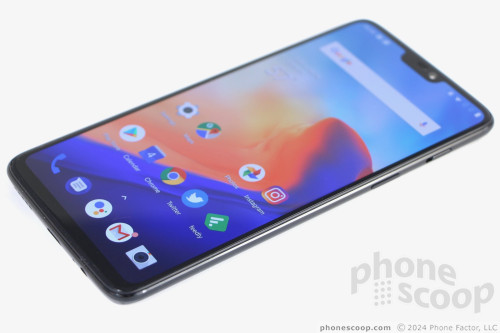
Comments
No messages


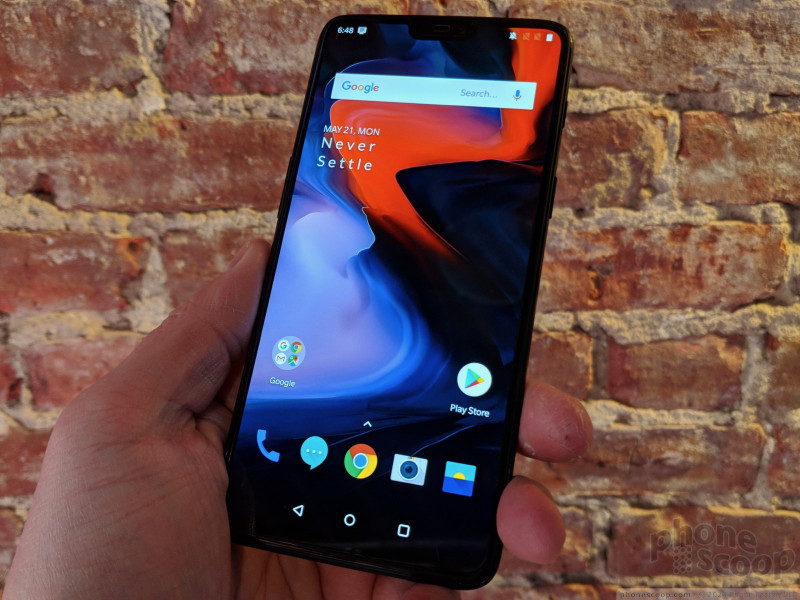














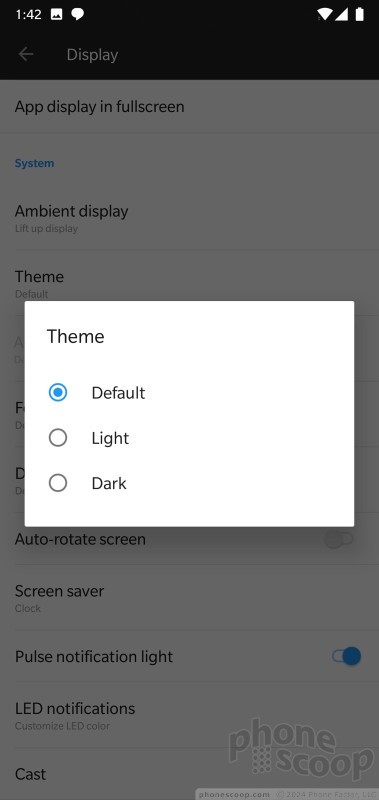




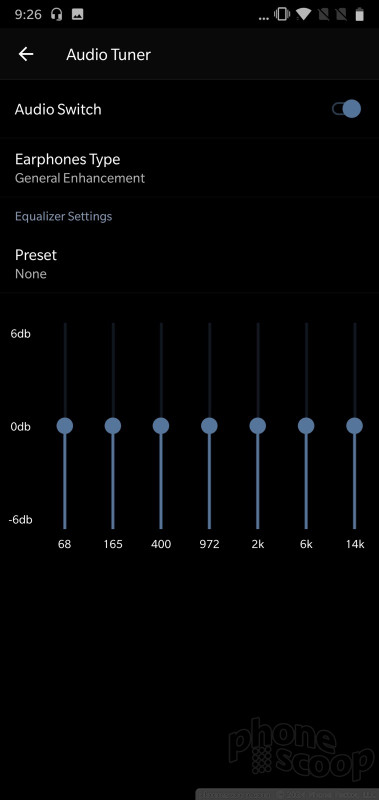









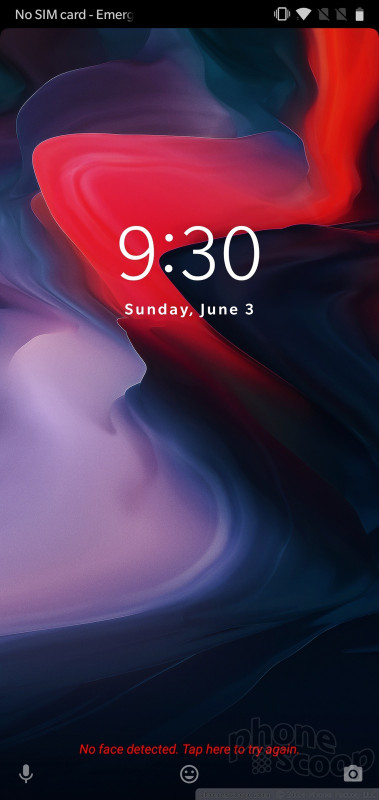











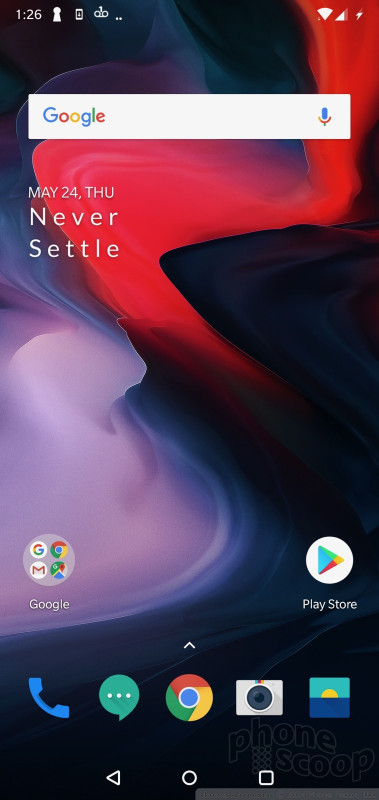









































































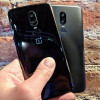 Hands On with the OnePlus 6
Hands On with the OnePlus 6
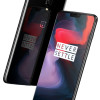 OnePlus Offers Open Beta of Android 9 Pie to the OnePlus 6
OnePlus Offers Open Beta of Android 9 Pie to the OnePlus 6
 OnePlus 6 Comes In New Red Finish
OnePlus 6 Comes In New Red Finish
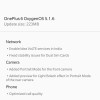 OnePlus 6 Receiving OxygenOS Update with Selfie Portraits
OnePlus 6 Receiving OxygenOS Update with Selfie Portraits
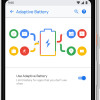 Google Releases Android P Beta 2 with Final APIs
Google Releases Android P Beta 2 with Final APIs
 OnePlus 6
OnePlus 6



